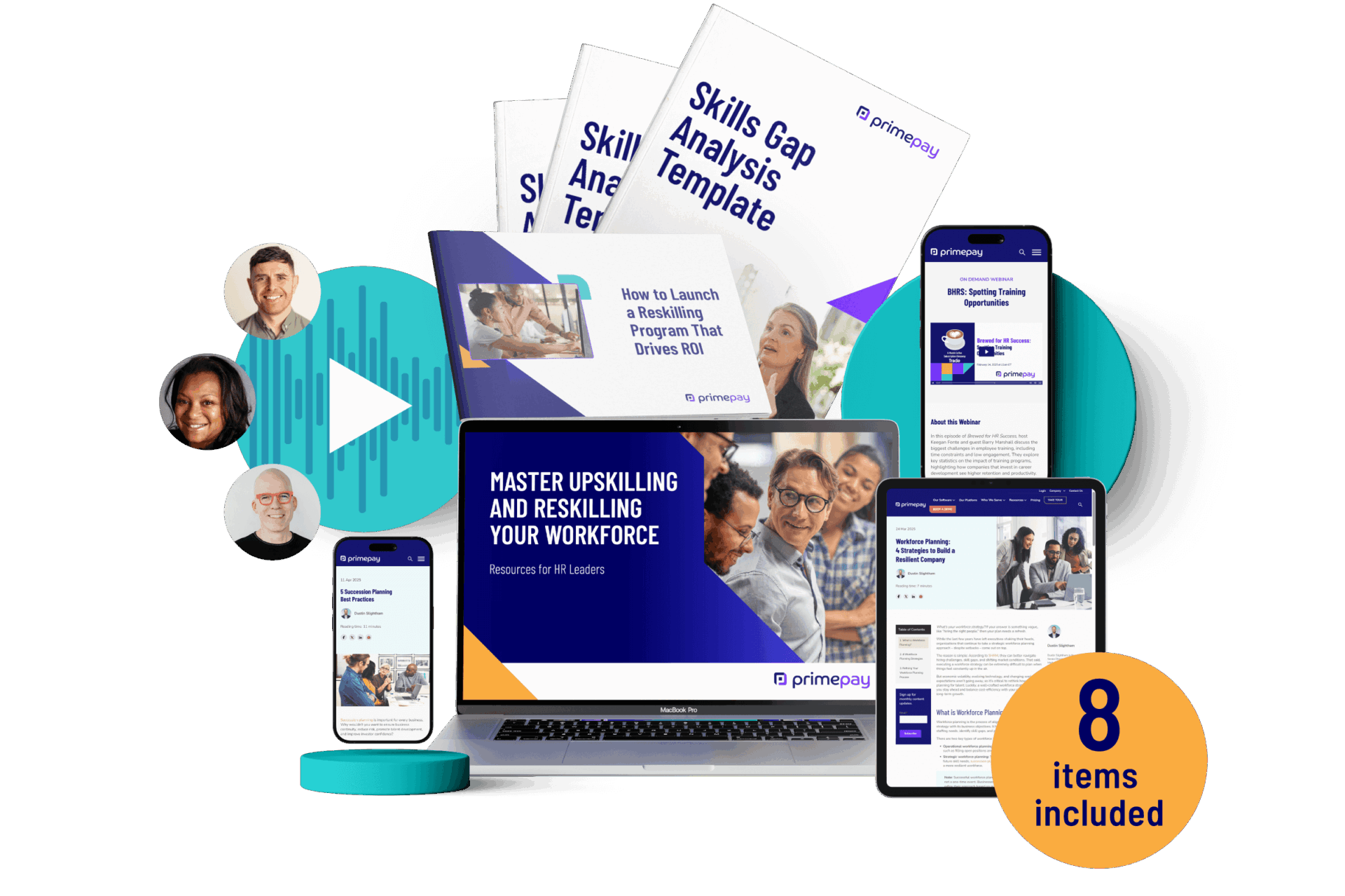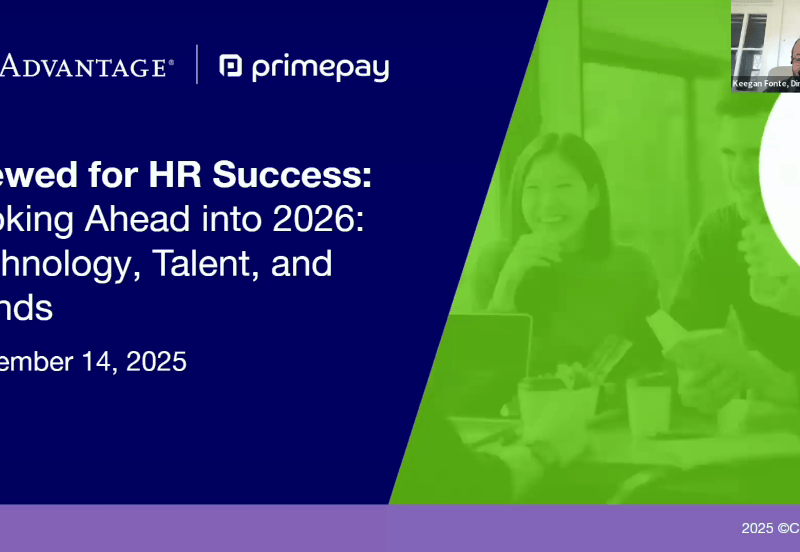In recent years there’s been a significant push for employee engagement. The result? Employees are more engaged…and more stressed. In fact, Gallup found that 52% of employees report experiencing higher stress levels than years prior. This uptick in stress is largely due to companies being short-staffed. Why?
A trend in cutting at least 5% of the workforce has taken place across many corporations, including Cisco Systems, Docusign and Estee Lauder. With thousands of positions eliminated, the remaining employees face the risk of burnout from having to shoulder additional responsibilities. This situation makes it challenging for leaders to maintain trust with their employees and retain top talent amidst growing workloads.
Long story short: It’s clear that businesses can’t simply pile more work on already overwhelmed teams and expect positive outcomes.
That’s why workforce capacity planning has become a lifeline for many organizations, ensuring teams reach their full potential (while reducing stress levels) through strategy and optimization.
What Is Workforce Capacity Planning?
Workforce capacity planning is a strategic approach to aligning employee skills and availability with business needs. Organizations use this process to ensure they have the right number of employees with the necessary skills at the right time, optimizing productivity and resource allocation.
Capacity planning is frequently measured using a metric like the full-time equivalent (FTE). This measurement considers full-time and part-time employees, converting part-time hours into the equivalent of full-time hours to give a clear picture of the workforce capacity.
For instance, suppose your organization needs to complete a project requiring 200 hours of work in a month.
If the average full-time employee works 128 productive hours per month, the project would require 1.56 FTEs.
Challenges in workforce capacity planning include fluctuating demand, shifting project requirements, and changes in employee availability. However, effective capacity planning allows leaders to adapt quickly, make data-driven hiring decisions, and maintain optimal staffing levels, preventing both overstaffing and understaffing.
The Benefits of Workforce Capacity Planning
While capacity planning isn’t a one-size-fits-all solution, it offers significant benefits. A well-implemented strategy helps reduce employee burnout, enhance decision-making, optimize resource allocation, and demonstrate a commitment to work-life balance, fostering a more engaged and productive team.
Below outlines the benefits in more detail.
1. Reduce Employee Burnout
Employee burnout occurs from prolonged exposure to work-related stress. Although many organizations are addressing pitfalls that lead to burnout, a staggering 83% of American employees report that they’re still suffering from this strain.
This stress is frequently due to:
- Excessive workloads
- Tight deadlines
- Insufficient resources or support
A capacity planning strategy directly addresses these issues by evenly distributing workloads. By mitigating burnout, companies can achieve higher employee satisfaction and a productive workforce.
2. Improve Strategic Workforce Planning Decisions
By analyzing real-time data on workforce capabilities against future project needs, HR and payroll managers can pinpoint where to add employees to tackle higher priorities.
No more guessing games or relying on gut feelings. This precision allows for more innovative hiring, targeted skill development, and optimal team compositions.
3. Save Time and Resources
Workforce capacity planning is also the key to unlocking efficiency and saving time and resources.
A prime example is Nike’s move to cut $2 billion in costs through a comprehensive restructuring plan. While the plan also includes downsizing management and increased automation, it illustrates how workforce capacity planning extends beyond employee management.
By meticulously aligning its workforce with strategic business objectives, Nike aims to operate leaner and more efficiently. This approach works to trim excess operational costs and sharpens focus on core, high-value activities. Essentially, it’s about doing more with less, ensuring every dollar and every hour spent contributes directly to the company’s growth trajectory.
Best Practices for Workforce Capacity Planning
When diving into a capacity planning strategy, a few golden rules stand out to ensure smooth sailing. Implement the following strategies to keep your company agile and team’s spirit high, ready to meet the challenges and opportunities that lie ahead.
1. Use HR Software
You could spend time wrangling your people, time, and resource data. But besides taking up time, using disparate systems leads to a lack of visibility, ineffective communication, and diverse data input.
A better way is using human resource software to connect all the dots between your people, performance, and business goals. This type of software helps you visualize your information and provides a data-driven approach to assessing workload demands. By leveraging the power of technology, companies can navigate in-office, remote, and hybrid work intricacies, ensuring a balanced use of their most valuable asset — their people.
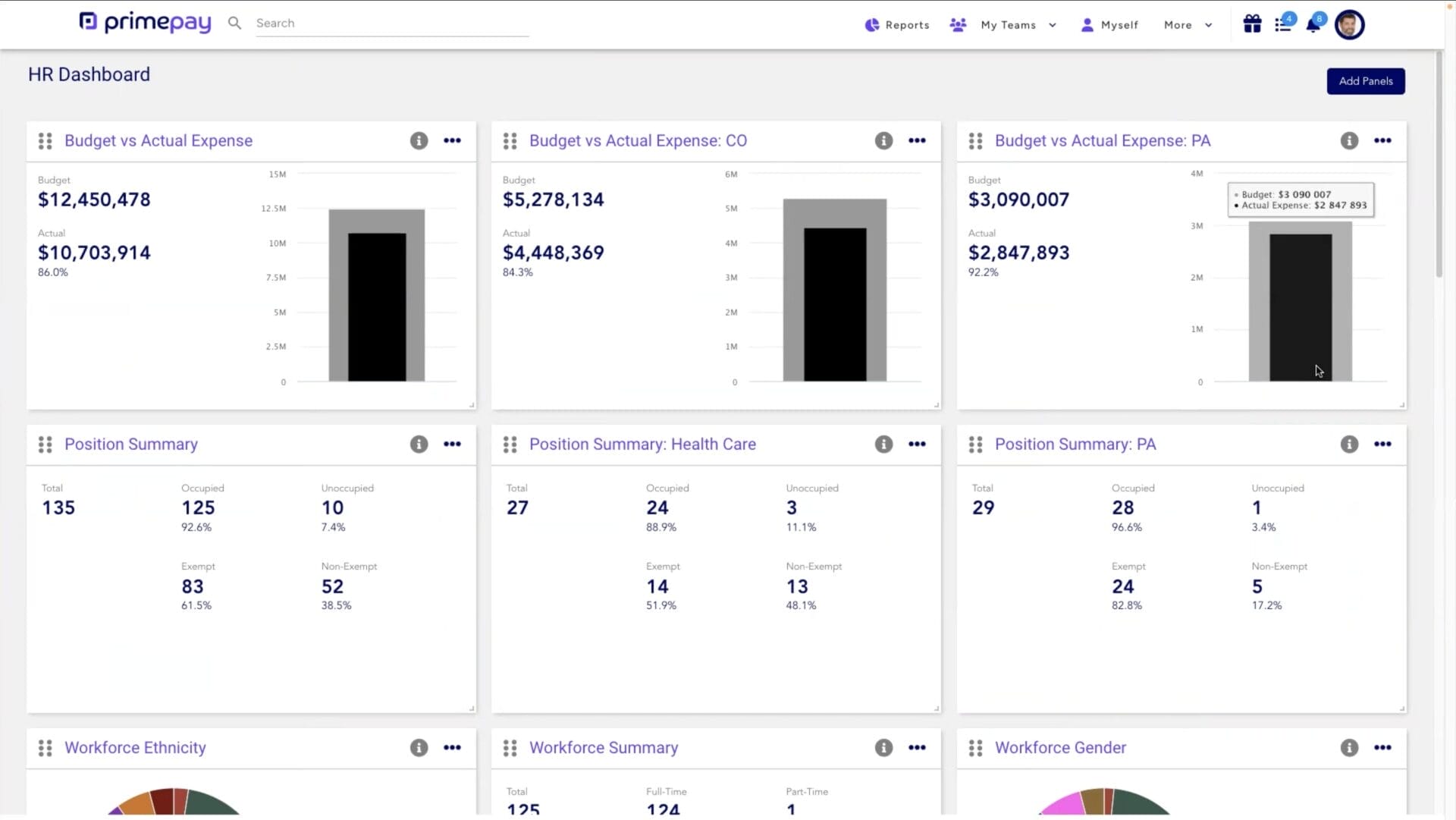
2. Spring Into Action With the Right Data and Insights
With insights in hand, you’ll need to address concerns to help retain top talent, create a more positive employee experience, and increase trust between employees and leaders. The key is to create an actionable plan from your data and ensure every decision is based on those findings.
First, identify specific areas where adjustments are needed, such as:
- Reallocating resources to high-priority projects
- Addressing skills gaps through targeted training programs
- Adjusting hiring plans to meet forecasted demand
For instance, if data shows that your nurses are leaving due to burnout, consider hiring additional employees, limiting patient intake, or reducing hours per shift. It’s also smart to survey the affected people to gather their input; they may have a solution as “boots-on-the-ground” employees who live with this stress daily.
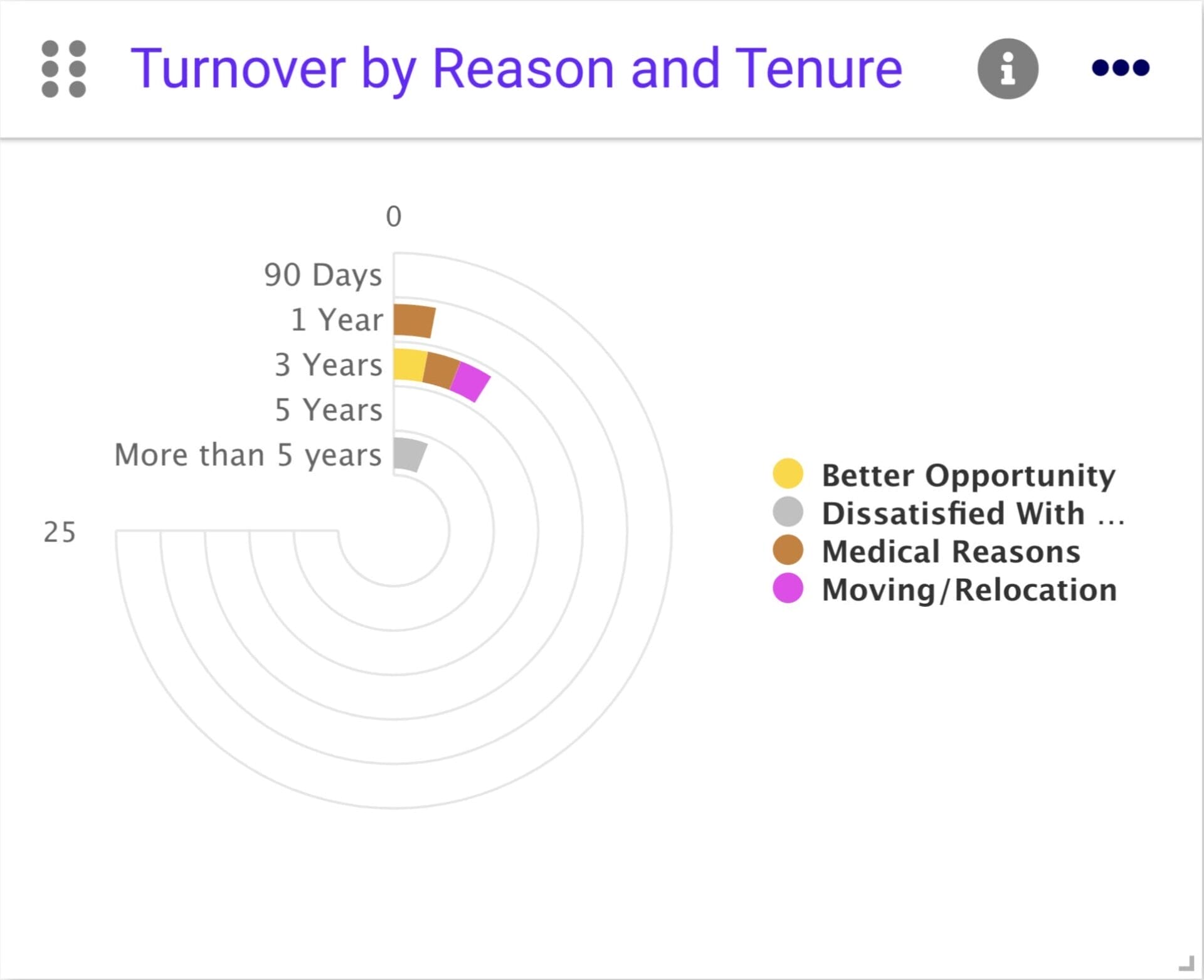
3. Utilize Scenario Modeling
If we learned anything from Back to the Future II, it’s hard to predict what will happen years (or sometimes even months) from now. Luckily, scenario modeling helps prepare your team for multiple futures so you stay one step ahead of demands (no flux capacitor required).
Creating various what-if scenarios allows you to strategize different workforce configurations, map out potential outcomes, and develop adaptable, flexible staffing plans.
Say a manufacturing company wants to prepare for potential disruptions in the supply chain due to geopolitical events or natural disasters. They decide to model scenarios with varying degrees of supply chain disruption, considering delays in raw material delivery, increased lead times, and impacted employees.
After analyzing their scenarios, they realize they need a more substantial plan in place for alternative suppliers and diversification of sourcing to mitigate the impact of these potential disruptions.
4. Keep Seasonal Demand Fluctuations in Mind
It’s critical to take a proactive approach to capacity planning, especially if your industry is affected by seasonal demand fluctuations. One way to do so is by optimizing employee scheduling, which can reduce payroll costs in slow seasons, increase full-time employee retention, build a better employee experience, and improve customer service.
Look for software that bundles HR and Payroll so all the information you need is in one place to make decisions and take action.
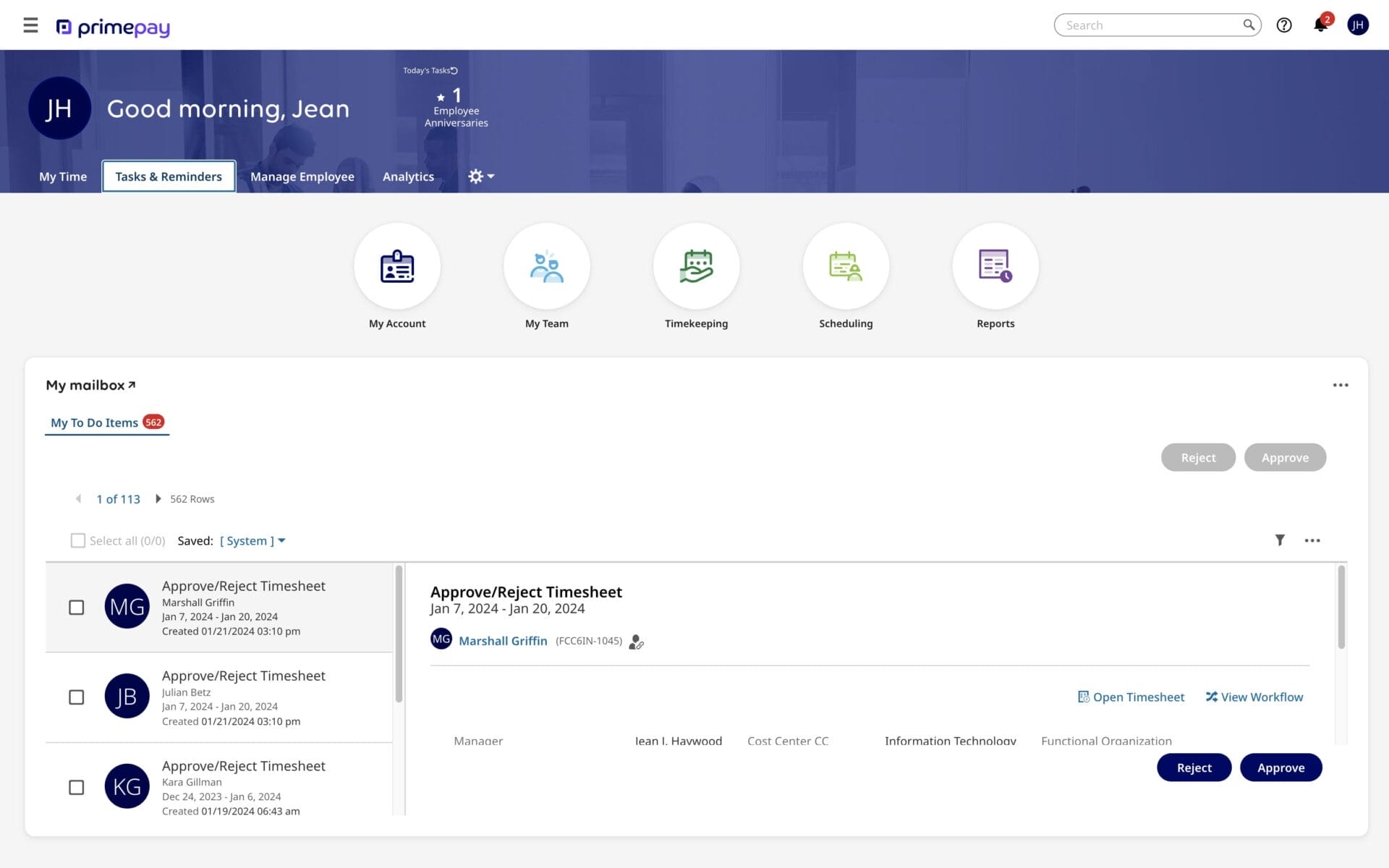
5. Develop a Resource Pool
Want to avoid workflow bottlenecks? Establish a resource pool.
In short, a resource pool segments the resources needed for a project. Smaller teams usually map out projects based on the people required, as each team member owns a specific skill set.
For example, a four-person marketing team notes in their capacity plan that Jason, the sole product marketer, will be involved in the upcoming product launch.
Alternatively, larger companies determine resource needs based on skills, since they have numerous employees with the same or comparable skill set. For example, a large software company notes that they need to find bugs in the product before releasing a software update. In this example, the plan focuses on the required skill – not the specific person – to complete the job.
Thus, with a resource pool in place, you can estimate workloads and availability more accurately and ensure staffing decisions on projects are targeted and effective.
6. Focus on Upskilling Your People
Beyond developing a resource pool, providing employee learning opportunities is also best practice. Just remember to update your resource pool to reflect new skills, certifications, and areas of expertise.
Utilizing an HCM with learning management functionality allows leaders to build and automate courses for teams and give personalized feedback. Moreover, the right software also allows employees to select courses they’re interested in to support their professional growth.
Not only will upskilling your people help your capacity planning efforts, but it’ll also help retain your employees – 63% of people quit jobs in 2021 due to no skill or career advancement.
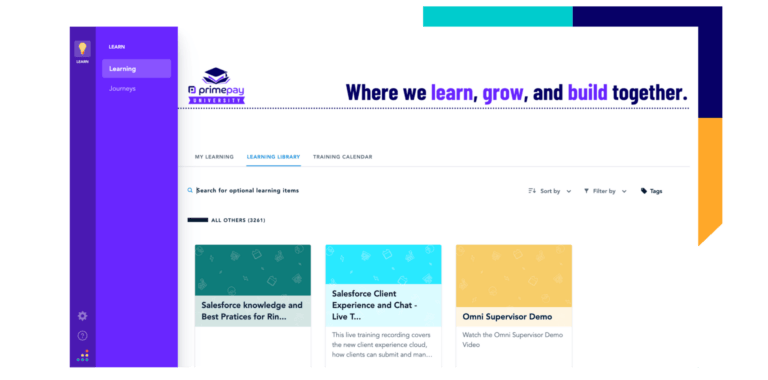
7. Implement Regular Re-Forecasting
Capacity planning requires regular tune-ups for increased employee performance. When you regularly revisit your employee schedules and workload, your strategy remains responsive to fluctuating needs.
An essential aspect of this process involves accounting for the difference between productive and non-productive hours. Productive hours are those that directly contribute to output or service delivery, whereas non-productive hours may include breaks, administrative tasks, or training sessions.
Accurate calculations allow organizations to forecast actual working capacity, ensuring the schedules and workloads are realistic and reflect true productivity potential.
For a thorough analysis, gather data from the previous months to evaluate trends in workforce performance, project progress, and any other external factors. Then, update your capacity models for the new monthly or quarterly forecast based on the information you find. The key is to use the most current data available to make informed decisions, ensuring resources are aligned with needs.
Using Capacity Planning for Success
As industries and employee expectations continue to evolve, leaders must adopt a holistic and forward-thinking approach to workloads, engagement, and performance.
Ultimately, by outlining a capacity planning strategy, you can fill gaps, anticipate changes, and optimize skill sets for sustained growth and success in the long run.

